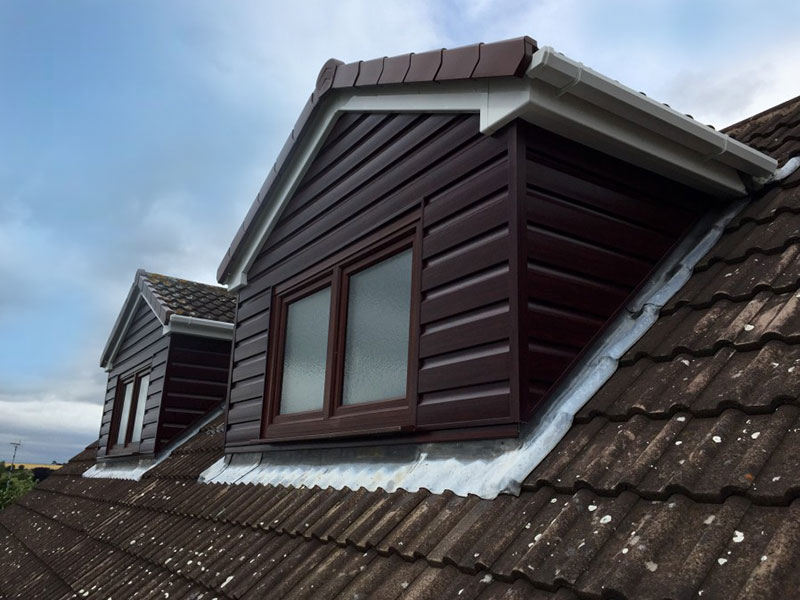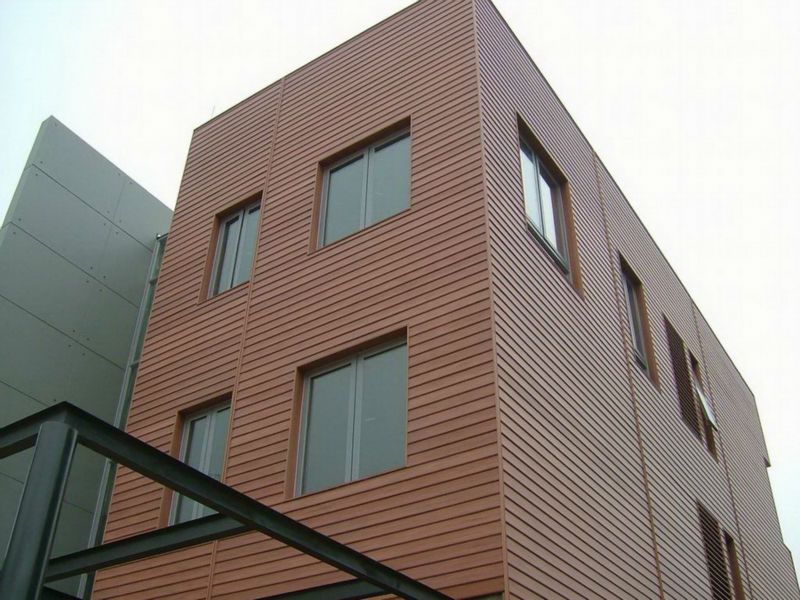
Did you know that this is one of the most effective ways to prevent moisture in exterior walls? Until now it was all about finishing the walls with fine plaster and then choosing a colour to paint. And now it seems that it’s not quite like that.
The habitual way in which we have begun to see plastic plasters on building sites, leads to the question: is there more than just a fashion behind this exterior wall covering? Although they are one of the latest materials to be incorporated into the world of construction, today they have already been definitively installed as part of the menu of options for anyone who is about to finish the exteriors of their work.
A few years of testing have already given it sufficient guarantee to earn a place among the finishing materials, and it is not by chance that this is the case, if we take into account certain trends in what is being built. Within the contemporary style of architecture, or at least what we see in magazines and on the street, there is a general taste for what we could call minimalism.
By minimalism we mean that style which adheres to the idea of architectural simplicity, which is characterized by reducing everything to the essential, that is, by stripping it of the excess elements. In this very particular panorama, plastic plaster finds a particular scope to shine as an expressive material par excellence.
In spite of all this, many still doubt the choice of this exterior wall covering basically because they do not know exactly what it is and what the advantages are.
Plastic paint, textured paint or plastic plaster?
The first indefinition that makes it difficult to find a proper name to represent it. Are we in the presence of a plastic paint? I suppose that the doubt is born from the very moment one observes its consistency; it is basically a paste (similar to plaster) that is sold in cans (like paint).
For those who love technique, let’s say that it is a mixture of elastometric acrylic polymers, mineral charges and pigments, which in the end does not contribute much to understand what it is about.
I prefer to think of it as a paste, a mixture of resins, sands of different sizes and colours, incorporated into the same material, suitable for direct application to the wall, with a roller, but in most cases with trowels, as is done with plasters. Therefore, taking into account what has been said, and in order to arrive at a more certain term, let’s call it plastic coating.
Characteristics of Plastic Wall Covering
Although I mentioned its doughy consistency, once it is placed it is very hard to the touch, but with an amazing flexibility (although it sounds strange) and with great resistance to cracking and micro cracks typical of plastered surfaces.
This is the feature that, in my opinion, has earned it a generous share of the market. Its use comes to supply one of the most important faults of all cementitious materials (plasters in general), very resistant, but with very little capacity for expansion.
This fact transforms the walls into surfaces full of “spiders”, very difficult to hide with any other sealer or paint, and what is worse, very prone to generate humidity problems in walls.

Where Plastic Plaster can be applied
Can I apply it to any surface?
The resins present in its composition ensure such adherence that makes it suitable for application on almost any surface, including glass, although, obviously, few would choose glass as a support material. Regardless of this, it is mainly applied on thick plasters that have an even finish.
If this is not the case, it will be necessary to make a previous preparation or levelling, with the same product diluted or with ceramic glue applied with a trowel. Otherwise, its reduced thickness would reveal the irregularities of the base.
How to Apply Plastic Plaster
The application of the plastic wall covering is quite simple. The installation base is the surface of a normal thick plaster, with the important clarification that it must be free of imperfections that may become apparent after the application of the plastic plaster. In simple words: the thick plaster must be proligous.
As for the tools used to apply plastic plaster, three basic elements are usually used:
- Paint roller
- Compressed air torch
- Plastic blades
In all three cases the texture of the plastic coating will be different, as well as the final appearance of the walls. When a torch or roller is used to apply plastic plaster, the layer of wall covering will be thinner as this tool does not allow large thicknesses to be loaded. It is the simplest system and the one that will surely allow you to apply it by your own means without any experience in the subject.
In the case of application of plastic coating with trowels, the thicknesses achieved are greater and therefore the appearance of the coated wall will also be very different.
As for the types of plastic plaster, they are generally applied in three different textures: fine, medium and thick. The difference between them lies in the size and depth of the grooves or marks that the passage of the trowel (trowel) leaves on the application surface.
It must be taken into account that plastic plasters have fine aggregates (sand) of different thicknesses, which are the ones that leave the marks I mentioned in the “combing” of the application. The larger the sand, the deeper the grooves, the thicker the plastic plaster.
Usually a first coat of primer (provided with the product) is applied with a painter’s roller. This base helps to give a better “bite” or roughness so that the exterior coating has a better anchorage to the wall surface. If your idea is to apply plastic plaster with a trowel by your own means, I suggest you think twice.
Although the work is not at all complex, a minimum of application experience is required to know “the times” of work. The plastic plaster has very short hardening times, so it is necessary to work in small surface cloths, or at least two people at the same time: one of them “loading” the plaster, and the other “ironing” it to achieve the desired texture.
Advantages of Textured Plastic Coating
- It replaces fine plaster, coating and finishing paint in one step. In this sense they are a real exterior plastic paint.
- Great surface elasticity, which allows them to avoid the micro-fissures that are formed by the changes in temperature typical of the outside climate.
- They are highly resistant to atmospheric agents. For their maintenance, it is only necessary to pass a hydro washing machine to renew their appearance.
- By replacing the fine plaster, coating and paint, work times are greatly reduced, especially in the finishing.
- Greater resistance to the formation of fungus and mould.
Behind the objective of lowering the costs of your construction, surely by now you have a pencil and calculator in hand. Let’s see then.
